The SLP's Communication Assessment Toolbox
What is a speech and language evaluation?
A speech and language evaluation is a comprehensive assessment conducted by a licensed speech-language pathologist (SLP) to identify, describe, and interpret an individual’s communication abilities. The evaluation process involves gathering information through various methods, such as interviews, standardized assessments, observations, communication sampling, and structured and unstructured play-based activities. The evaluation helps determine the presence of any speech, language or pragmatic communication disorders. The evaluation also provides valuable insights into an individuals strengths and weakensses. Ultimately, the results of the evaluation drive the development of appropriate speech and language intervention goals and plans.
Components of a speech and language evaluation:
Background Information: The assessment begins with a detailed case history. Parents, caregivers, or teachers provide information about the child’s medical background, developmental milestones, and communication concerns, and previous speech therapy experiences. Understanding the child’s history of speech and language therapy, including the types of interventions received, their duration, and the perceived outcomes, is crucial. This is usually followed by a client/family interview, where the SLP directly observes communication patterns and asks targeted questions. Understanding a patient's medical history and any underlying developmental concerns or medical diagnoses is crucial in guiding the SLP's selection of assessment tools.
Standardized Assessments: A standardized assessment is a formal evaluation that is administered and scored in a consistent manner across all test-takers. Standardized assessments use a predetermined set of questions or tasks, specific instructions, and standardized scoring criteria. Standardized speech and language assessments measure a child’s communication skills against a normative group of same-aged peers, providing insight into their developmental standing compared to their peers. There are many standardized speech and language assessments on the market that measure a variety of communication skills. Here are a few:
Preschool Language Scale (PLS-5): Assesses language development in young children.
Clinical Evaluation of Language Fundamentals (CELF-5): Evaluates a wide range of language skills in children and adolescents.
Goldman-Fristoe Test of Articulation (GFTA-3): Assesses articulation and phonological skills.
Test of Narrative Language: Assesses children's ability to produce and comprehend narratives.
Comprehensive Assessment of Spoken Language (CASL-2): Assesses language skills, including vocabulary, grammar, social-communication, and supralinguistic skills like humor and inferencing.
Test of Language Development-Primary: Fifth Edition (TOLD-P:5): Evaluates language skills in young children.
Receptive One-Word Picture Vocabulary Test (ROWPVT-4): Assesses receptive vocabulary.
Expressive One-Word Picture Vocabulary Test (EOWPVT-4): Assesses expressive vocabulary.
Rossetti Infant-Toddler Language Scale: Assesses communication skills in infants and toddlers.
Kahn-Lewis Phonological Analysis: Assesses phonological processes.
Informal Assessments: Informal assessments are dynamic and tailored to the individual. This portion of a speech and language evaluation is often the most important part of an evaluation, especially for children with complex communication needs who may not be able to participate in standardized assessment for a variety of reasons. Informal assessment might include:
Play-based/activity-based assessments: Play-based assessments offer valuable insights into a child's communication abilities by observing their interactions within a natural, engaging context. Through play the SLP can identify a child's preferred activities and toys, which can inform the selection of therapy materials and activities. More importantly, play allows the SLP to observe how the child uses language functionally to interact with others, including requesting, commenting, and problem-solving. This information is essential for understanding the child's communication strengths and weaknesses and developing targeted intervention goals.
Communication Sampling: A communication sample is a recorded or transcribed excerpt of an individual's spontaneous speech. SLPs use communication samples to gain a comprehensive understanding of a person's language abilities in real-world contexts. By analyzing the sample, SLPs can identify patterns in vocabulary use, grammatical structures, fluency, and intelligibility. They can also pinpoint specific articulation errors or phonological processes that may be impacting speech sound production in connected speech.
The Art and Science: Clinical Judgment
Clinical judgment is a cornerstone of speech-language pathology. It is the ability to integrate multiple sources of information, including standardized test results, case history, and observational data, to form a comprehensive understanding of a client's communication strengths and weaknesses. While standardized assessments provide quantitative data, clinical judgment is essential for interpreting these results within the broader context of the client's life. SLPs use clinical judgment to select appropriate assessment tools, determine the significance of assessment findings, and develop individualized intervention plans. This skill is honed through education, experience, and a deep understanding of communication development and disorders.
Diagnostic Outcomes
Based on the comprehensive analysis of the communication sample, standardized assessments, and case history information, the SLP will determine a diagnosis or identify areas of need. Potential diagnoses include receptive language disorder (difficulty understanding language), expressive language disorder (difficulty producing language), mixed receptive-expressive language disorder, pragmatic language disorder (difficulty using language socially), articulation disorder (speech sound errors), fluency disorder (stuttering or cluttering), or voice disorder (problems with pitch, volume, or quality). However, it's important to note that not all communication challenges warrant a formal diagnosis. The SLP may identify specific areas requiring support without assigning a diagnostic label.
From Assessment to Action
A speech and language evaluation directly drives the development of therapy goals and objectives. Here's how:
Strengths become stepping stones: Identified strengths serve as a foundation for building new skills.
Weaknesses become targets: Areas of weakness are translated into specific goals for therapy.
Functional goals take center stage: Therapy goals focus on improving communication in everyday situations.
For example, an assessment might reveal a child struggles with expressive vocabulary. A therapy goal could then be to increase the number of verbs the child uses in spontaneous speech by 10% within a set timeframe.
By following this comprehensive approach, SLPs create a roadmap for impactful communication intervention, empowering individuals to reach their full potential.
